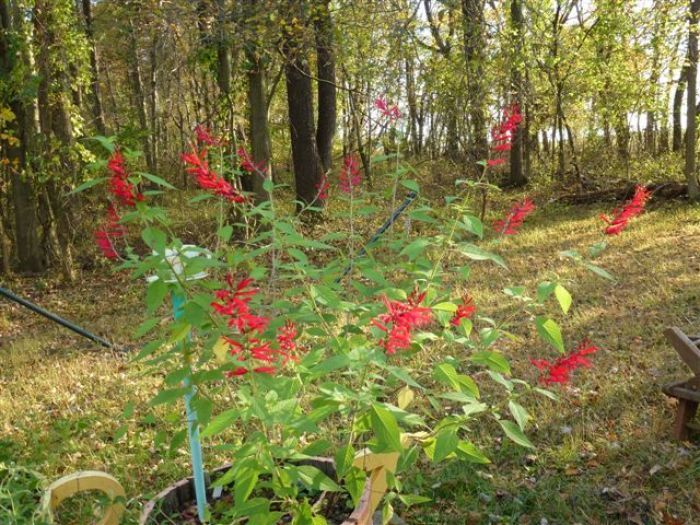
The red flower of pineapple sage is a definite sign of autumn in my Maryland zone 7 garden, since it is the last plant to bloom, which happens in about mid-September here. I have noted that the hummingbirds actually wait around for Salvia elegans to bloom before heading south. Two evenings ago, I had to do the run-around-crazy-it-is-going-to-frost-tonight gardeners’ manic dance—well perhaps not all gardeners go into this frenzy—however it seems to be my modus operandi. I have to dash about and grab pots with tender plants and bring them in, cut back last minute annuals that will turn black with the frost and grab any still-hanging produce like chile peppers, green tomatoes and the stray gourd or squash. It is a good thing that I did too—because not only did we get frost—we here in the Mid-Atlantic got slammed with freezing rain, snow and hail! Geezy hody! Right now I have a glorious big bunch of pineapple sage in a vase by the door.
This sweetly-scented sage is a tender perennial. It is rather shrub-like, in an airy sort of way, and can grow into a large bushy plant that can reach four to four and one-half feet tall and easily spread out to three or four feet wide. The size of the plant does depend on where it is grown—say in the northern or southern climes—and whether or not it is grown in loamy soil or a container. The scarlet red flower spikes appear very late in the season, early autumn, or throughout the winter if brought indoors. Pineapple sage should be propagated by cuttings or divisions.
Cut the flower spikes and gently wash and pat them dry. The flowers can be plucked or stripped from the stem of the flower spikes.
When rubbed or brushed, the pointed leaves of pineapple sage smell fruitily of pineapple and slightly musky of sage. The brilliant, long-throated flowers have a similar aroma and taste, though the floral aroma is stronger and the sage flavor is milder. These fragrant blossoms are used in jellies, jams, cakes, scones, muffins, desserts, and fruit salads. As a garnish, they brighten teas, beverages, tea breads, and desserts. I dry the petals to use in the teapot in winter months. Try
Pineapple Sorbet with Pineapple Sage Blossoms for a bright-tasting tropical treat which is in high in vitamin C.
Fine Gardening Recommended Products
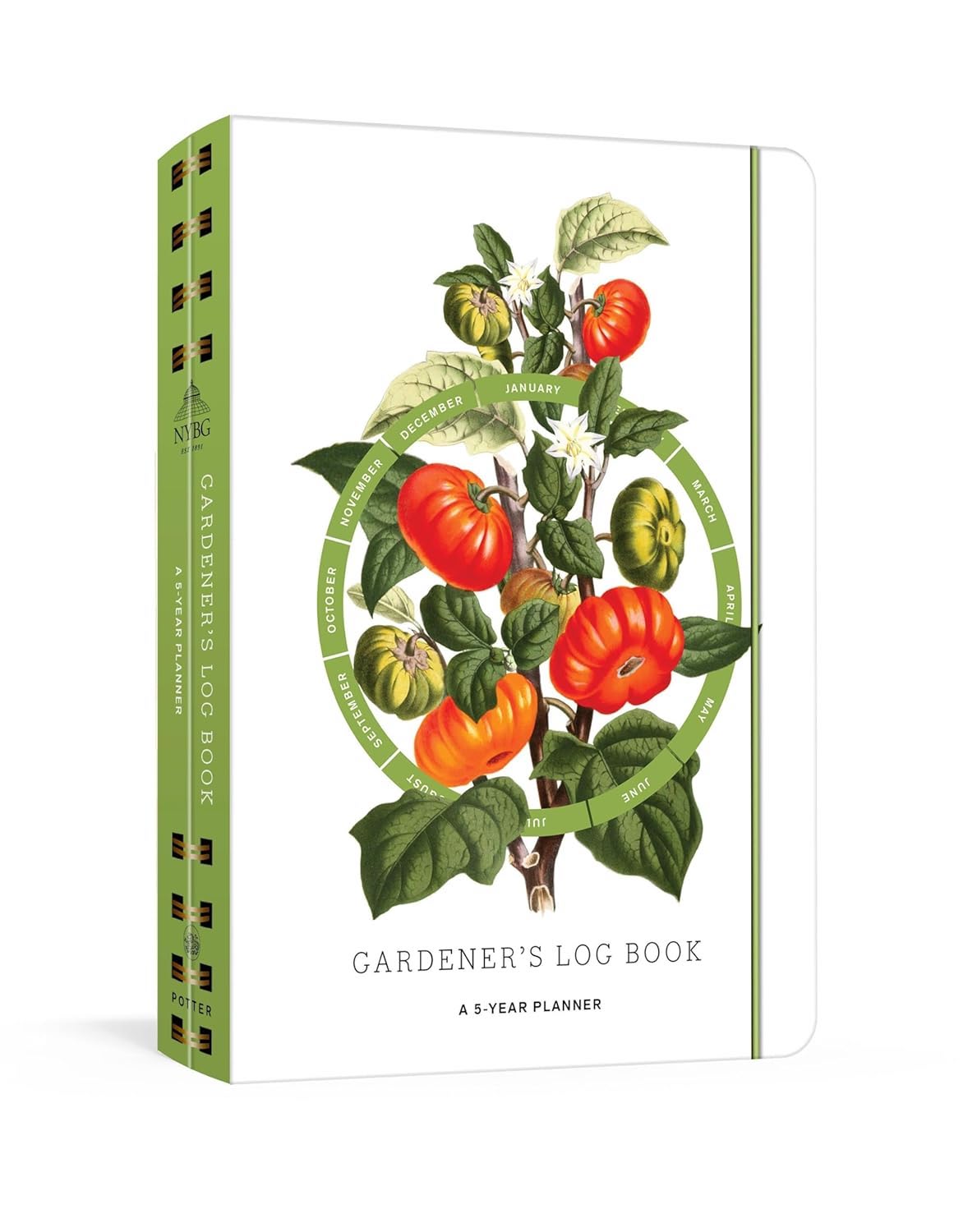
Gardener's Log Book from NYBG
Fine Gardening receives a commission for items purchased through links on this site, including Amazon Associates and other affiliate advertising programs.

A.M. Leonard Deluxe Soil Knife & Leather Sheath Combo
Fine Gardening receives a commission for items purchased through links on this site, including Amazon Associates and other affiliate advertising programs.
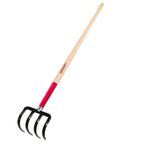
Razor-Back Potato/Refuse Hook
Fine Gardening receives a commission for items purchased through links on this site, including Amazon Associates and other affiliate advertising programs.



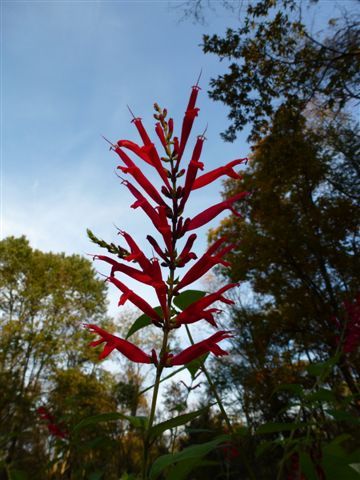
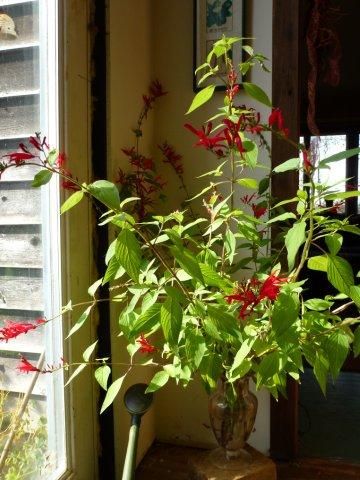
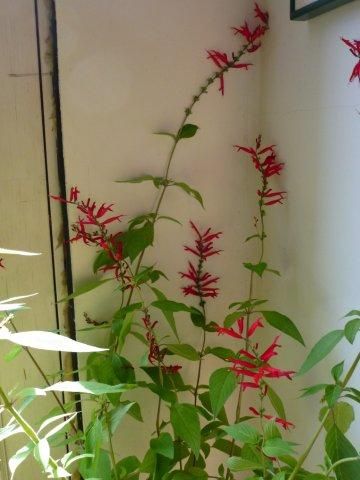





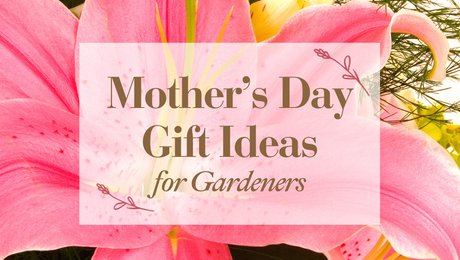











Comments
Log in or create an account to post a comment.
Sign up Log in